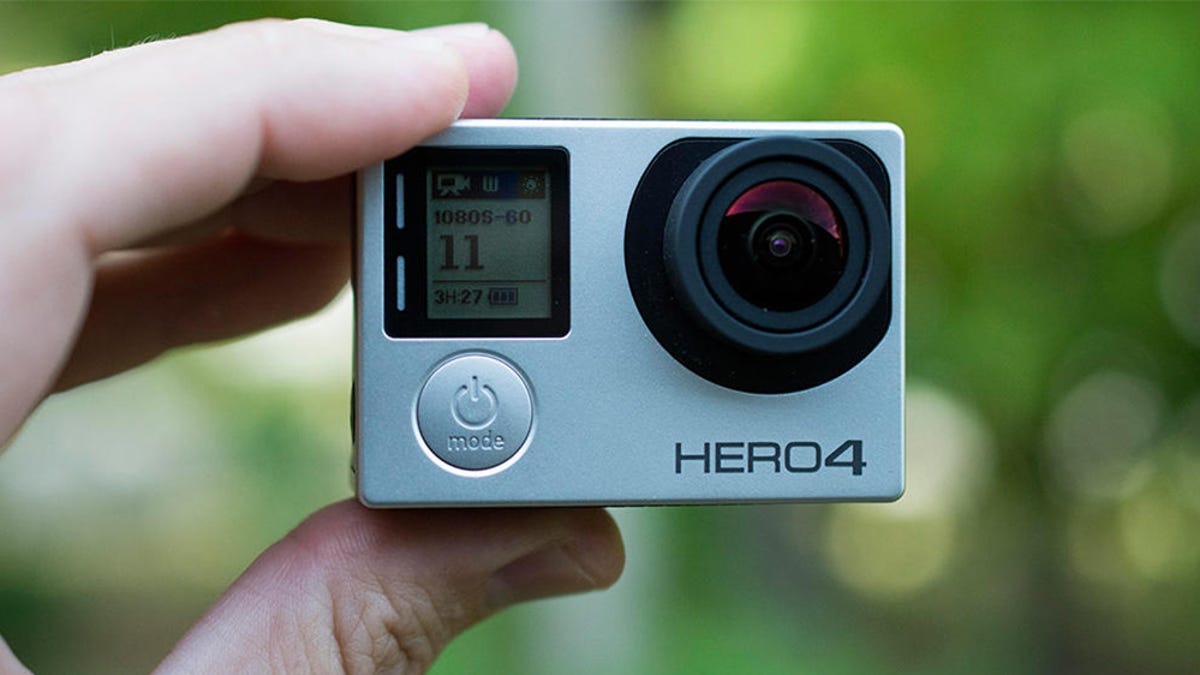Are extreme-sports junkies still in love with GoPro?
The company's looming layoffs and its sales plunge suggest that the action-cam market may be a fad. GoPro is looking to drones and new video software to rebuild its staying power.

GoPro is cutting 7 percent of its workforce.
GoPro, darling of the action-cam world, just got the wind knocked out of it.
The San Mateo, California, company, which builds sturdy point-of-view cameras used by skydivers, snowboarders and other extreme athletes, has built its reputation on inspiring people to try something crazy. Who wasn't thrilled by Felix Baumgartner's skydive from a balloon floating 24 miles above earth? Or a Red Bull-fueled bicycle backflip over a 72-foot canyon?
It turns out that people like to watch but may not want to jump into the action themselves.
GoPro is cutting 7 percent of its workforce, or about 105 jobs, the company said this week. The decision follows disappointing sales of its latest device, the GoPro Hero4 Session. The company also slashed its sales estimate for the just-ended fourth quarter.
The news reflects the reality that we're not all risk takers and, more specifically, that we're not all hungry to capture on video our attempts at extreme anything. GoPro had been the dominant name in the action-camera niche for several years thanks to its affordable, easy-to-use products. But the company's financial pinch begs the question: Has GoPro peaked?
"We've argued for some time now that the market for cameras is not only shrinking, but segmenting into niche areas," said Andrew Uerkwitz, an analyst with investment management firm Oppenheimer. "The action camera is not a fad per se, but it is a limited market."
Others believe that GoPro's downturn is due purely to the company pinning its hopes for holiday season sales on the tiny Hero4 Session. The camera received mixed reviews and was originally priced at $400 when it was released in July. By December, the price tag was cut in half. Consumers' weak response to the camera was costly for the company and forced the job cuts, GoPro said.
GoPro is looking to expand its business to take on another hot trend. The company plans to release a drone, though it faces the challenge of competing with the affordable, camera-equipped drones people may have already gotten over the holidays, including those from Parrot and DJI.
The company is also attempting to turn video into a part of its business model by licensing footage shot on its cameras to media companies. In line with this, GoPro plans to release new software to make it easier for you to edit and share your videos.
Expanding the number of ways that GoPro makes money should help alleviate what Uerkwitz sees as one of the main problems with the company's business model: the long replacement cycles for the cameras. In other words, those suckers are built to last. Once you have one, you're unlikely to buy another anytime soon.
"GoPro seems to have figured this out as they have announced new products for the drone and 360-[degree] camera market," Uerkwitz said. "But until we see the launch of these products, GoPro is in a challenging position."

